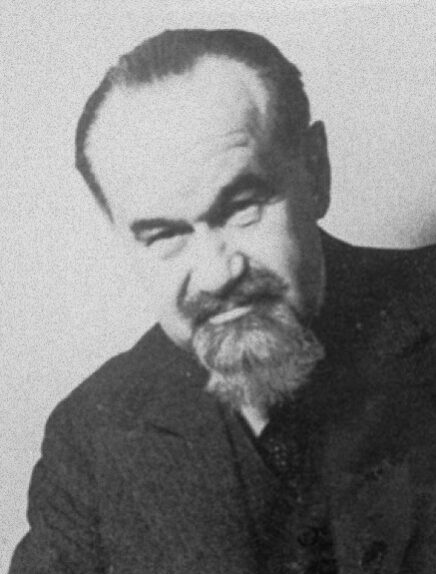“Jenny Wilde was no shining light as a scientific librarian. It was almost touching how hard she tried to cover up her professional weaknesses, She never conceded not knowing a book. She made us believe that she had read them all, including those non-existing ones whose titles we dreamed up. But hers was a warm and motherly heart. Her instinct told her when one of the students was in need. She knew how to win confidence and give aid – counsel, food, money, everything to an aspiring young man without humiliating him.”
– Student Fritz Bamberger
At this point, it is worth mentioning that, in his spare time, the very same Fritz Bamberger is a member of the Berlin
Before there were librarians, their work was done by professors in in their spare time. However, as librarianship becomes more complex, specially trained people are needed.
That may hurt a male ego. But fortunately, Jenny Wilde isn’t bothered and relies on the one and only thing that can really get her ahead: her professionalism. Because Jenny Wilde is more than just kind. She is an excellent librarian with ambitions.
If books do not appear in the library catalogue, they cannot be borrowed. What really matters, however, is the system. Jenny Wilde and her colleagues follow the so-called
Follow in the footsteps of Jenny Wilde and find her handwriting in long lost books.
the book hunt
A unique feature of the library of the Higher Institute for Jewish Studies are the so-called “book tails”. Many of the books are so narrow that no label can be attached on the spine.
And so, without further ado, a paper strip with the shelf mark is glued into the back of the book. Psst … such creative idiosyncrasies will become important later.







































